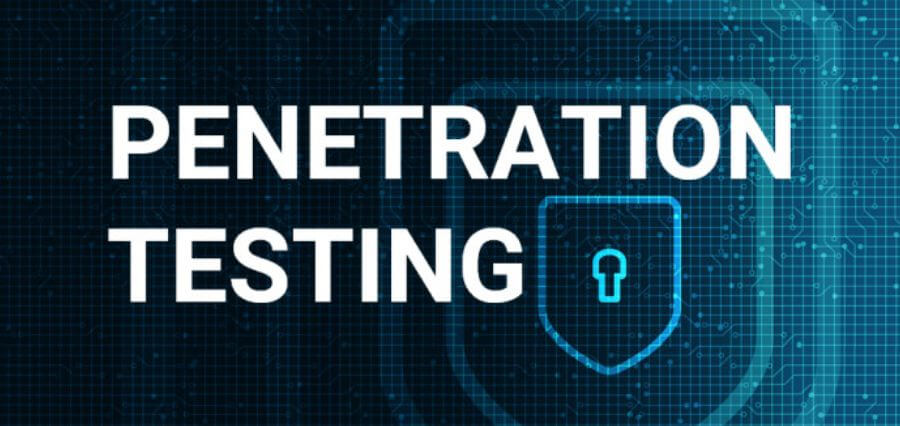Penetration testing is an essential part of any organization’s cybersecurity program. It involves testing the security of an organization’s systems and networks by simulating real-world attacks to identify vulnerabilities and weaknesses that malicious actors could exploit.
After a security test, a penetration testing report is a document that reveals all the technical security risks that an organization faces. Having a detailed report shows that an organization is taking security seriously and doing everything possible to protect sensitive data.
A comprehensive report boosts not only product security but also customer trust. After all, who doesn’t feel more confident doing business with someone who takes security seriously?
Why Streamlined Penetration Testing Reporting Is Essential
While reporting is essential, it can also be time-consuming and challenging. This is where an appropriate pentest reporting tool comes in handy. Streamlining penetration testing offers benefits that include:
- Saves Time and Effort: Streamlined reporting using automated tools can help you save a lot of time and effort in creating detailed reports.
- Improves Accuracy: Automated tools can help eliminate errors and inaccuracies that may occur in manual reporting.
- Enhances Visibility: Streamlined reports provide a clearer and more concise overview of your organization’s security posture.
- Supports Compliance: These reports are essential for meeting regulatory requirements such as HIPAA, ISO/IEC 27001, and PCI DSS.
- Boosts Product Security: By showing that you take security seriously and doing everything possible to protect sensitive data, streamlined reports can help improve your product security.
- Increases Customer Trust: Customers feel more confident doing business with organizations that take security seriously, thereby increasing customer trust.
The Automated Tools Used for Penetration Testing Reporting
It is worth knowing some of the software used to report penetration testing. This list lets you know where to start when looking for tools.
- Reporter: An all-in-one pentest reporting workspace with a client portal, collaboration tools, and customizable templates that allow teams to boost quality and efficiency.
- Reconmap: A free, open-source penetration testing and report generation tool that uses automation, templating, and machine learning to streamline the delivery of security projects.
- Dradis Framework: A widely trusted open-source reporting and collaboration tool with a customizable interface, project management features, and powerful integrations.
- Faraday: A centralized platform that normalizes, tracks, and identifies assets and vulnerability data from over 80 security tools with advanced reporting capabilities.
- PwnDoc: A simple and easy-to-use pentest reporting application that allows users to write their findings and generate customizable reports in Docx format.
- reNgine: A highly configurable, automated reconnaissance framework for web applications that streamlines the recon process and allows for detailed reporting.
- PeTeReport: An open-source application vulnerability reporting tool designed to simplify the task of writing and generating reports for pentesting/redteaming efforts.
- WriteHat: A lightweight pentest reporting tool written in Python that allows users to free themselves from Microsoft Word and automate report generation.
Key Features of Automated Tools for Penetration Testing Reporting
When selecting an automated pentest reporting tool, it’s essential to consider its features. Here are some key features that automated tools should have for effective reporting:
- Data visualization: Automated tools should provide data visualization options such as charts, graphs, and tables to help users understand the data better.
- Customizable templates: Automated tools should provide customizable report templates tailored to specific audiences and needs.
- Integration with other tools: Automated tools should be able to integrate with other tools, such as vulnerability scanners and network monitors, to collect and analyze data.
- Collaboration features: Automated tools should allow multiple team members to work on a report simultaneously, with the ability to track changes and collaborate in real time.
Some Pro Tips Using Automated Tools for Penetration Testing Reporting
While automated tools can greatly improve the efficiency and accuracy of the reporting process, there are still best practices to follow. Here are some tips for using automated tools effectively for penetration testing reporting:
- Ensure data accuracy and relevance: It’s essential to ensure that the data collected and analyzed by the automated tools is accurate, relevant, and up-to-date.
- Customize reports for specific audiences: Automated tools should provide customizable report templates tailored to specific audiences and their needs.
- Review and validate the results: Before generating a final report, it’s essential to review and validate the results to ensure their accuracy.
- Provide context: Automated reports should provide context around the vulnerabilities discovered, including their severity, potential impact, and recommended remediation steps.
Automation is a Game Changer in Enterprise
Automated tools are a game-changer for streamlining the penetration testing reporting process. They offer numerous benefits, including increased efficiency, accuracy, and collaboration.
Additionally, these tools ensure an organization can meet regulatory compliance requirements and boost its security posture, thereby building customer trust.
By implementing these tools and following best practices, security professionals can spend less time on reporting and more time on improving their organization’s security posture.


